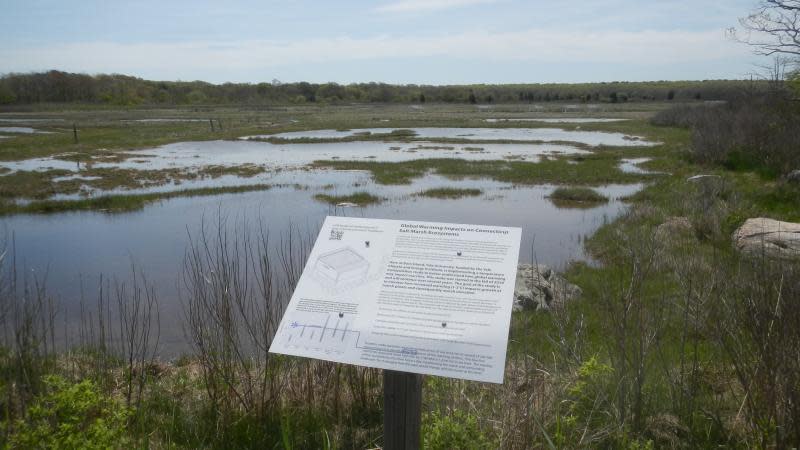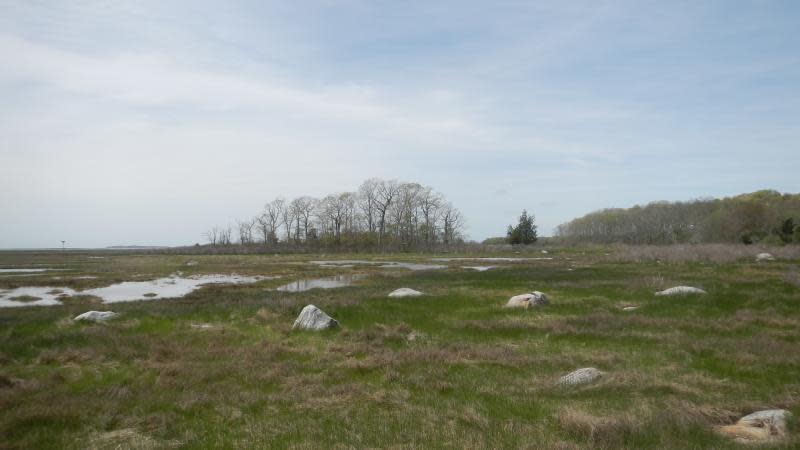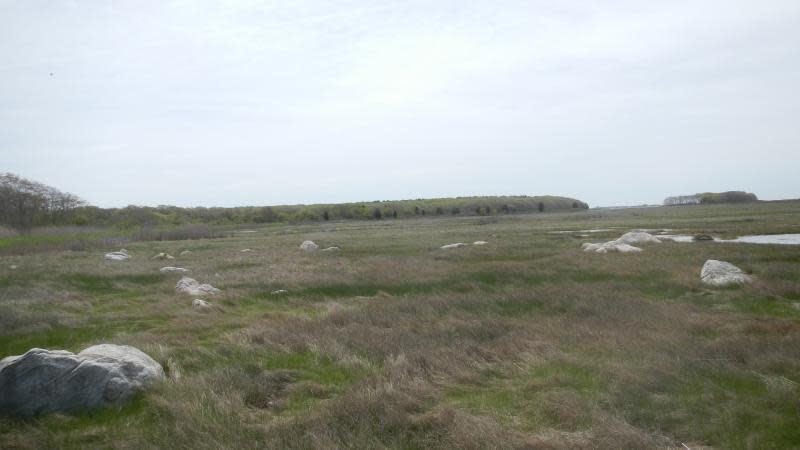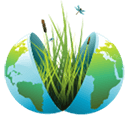
Barn Island
About
GENERAL INFORMATION
Criteria:
Listed on more than one “valuable wetland” list by natural resource agencies or nongovernment organizations.
Protects biological diverse wetland flora, fauna and/or their habitat
Supports significant numbers of wetland-dependent fauna, such as water birds or fish
"Barn Island is the largest and single most ecologically diverse coastal Wildlife Management Area in Connecticut. With over 60 years of continuous wetland research at this site, Barn Island provides a rare window into long-term marsh development both before and after restoration efforts. Its 1,024 acres are marked by centuries of cultural and biological history, once a vital resource for early colonial settlers and Native Americans and now for scientists and outdoorsmen. Its diverse habitats support rare plants and animals which add to its rich ecological resource base. Barn Island’s sprawling landscape sustains a wide variety of ecosystems and recreational activities; it consists of salt and brackish marshes, one of the state’s largest coastal forests, hilly uplands, intertidal flats, sandy beach, and a rare sea-level fen." Long Island Sound Study (website accessed 5/19/16: http://longislandsoundstudy.net/2012/07/barn-island/)
Exemplary Ecosystem Services:
Maintains ecological connectivity/cohesion
Aesthetic/cultural heritage value/ provisioning
Recreation (birdwatching, ecotourism)
Storm abatement
Flood storage/mitigation
Carbon storage
Water quality improvement
Education
CONSERVATION STATUS AND THREATS
Conservation status: State/Province/Regional Protection
Adjacent Land Use: Residential - medium density
Approximate natural buffer width:
> 100 ft
ECOLOGY
General wetland characterization:
Inland Fresh Wooded Swamp
Coastal Salt Meadow
Coastal Regularly Flooded Salt Marsh
Coastal Saline Sound/Bay
Adjacent Water Bod(ies):
Tidal Systems
Name of body of water: Wequetequock River and Wequetequock Cove (west) and Little Narragansett Bay (south)
Surficial Geology:
Glacial till and salt marsh deposits.
Soils:
Charlton-Chatfield complex, Pawcatuck mucky peat, Westbrook mucky peat, Paxton and Montauk fine sandy loam, and many others
FLORA AND FAUNA
Dominant flora: Swithgrass, spike rush, smooth cordgrass, saltmeadow cordgrass, blackgrass, common reed, narrowleaf cattail, eel grass, Northern marsh elder, American beachgrass, red maple, red and black oak, Northern spicebush, black gum, highbush blueberry.
Unique flora: Interesting interface between black gum, switch grass and black grass.
Dominant fauna: Heron, Ibis, Osprey, rails, terns, plover, egret, bittern, sparrow, spotted turtle and many land mammals. Extensive list of birds and other fauna available via Audubon Society website and Management Assessment Report.
ADDITIONAL INFORMATION:
Management Assessment Report Barn Island Wildlife Management Area
Tidal Wetland Restoration in Connecticut
Looking Sharp: Students, Salt Marshes, and that Elusive Sparrow
Images



